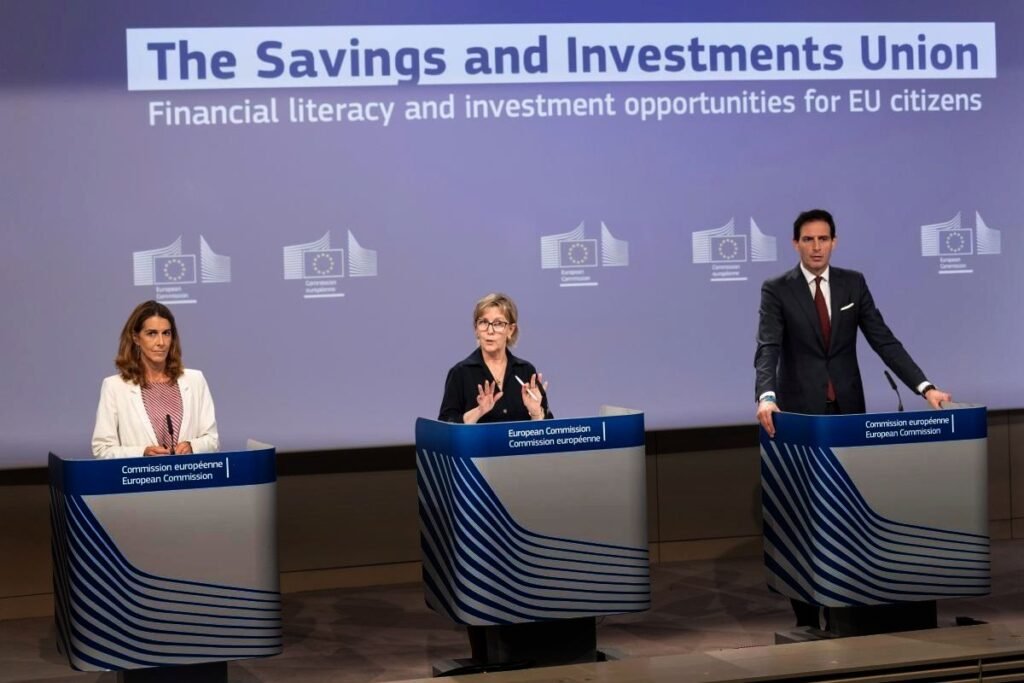The EU Commission has announced a financial literacy strategy for all and at all life stages, as well as a blueprint for savings accounts to make investing simpler and more accessible for everyone.

Financial literacy levels remain low in the EU – less than one fifth of EU citizens have a high level of financial literacy (Eurobarometer 2023), with significant differences across EU Member States. The Financial Literacy Strategy will help potential investors make sound financial decisions, ultimately improving their well-being, financial security and independence. The Commission says it wants to help citizens budget better, avoid scams and fraud, save more efficiently and feel better equipped to invest for their future.
The strategy will include coordination and best practices, encouraging the adoption of best practices by Member States, including actions targeting the needs of specific groups; communication and awareness-raising, with the launch of an EU-wide financial literacy campaign that complements and amplifies national efforts to raise citizens’ financial awareness; Funding for financial literacy initiatives, including research, encouraging Member States to use existing EU funding instruments to support financial literacy initiatives and research; and monitoring progress and assessing impacts, conducting regular surveys and encouraging Member States to develop evaluation tools to track progress of financial literacy levels.
The blueprint for Savings and Investment Accounts (SIAs) is in the form of a Commission Recommendation to Member States.
SIAs are accounts provided by authorised financial services providers, even online, which enable retail investors to invest in capital markets instruments. These accounts often come with tax incentives and simplified tax procedures, making them an attractive option for citizens.
The EU executive is recommending Member States introduce SIAs where they do not yet exist and enhance existing frameworks by incorporating best practices from across Europe and worldwide. It considers SIA should include several key features, including a wide array of providers, such as banks, investment firms and neobrokers, including cross-border ones, to offer SIAs, boosting competition and innovation; Simplicity, with a simple, reliable and easily accessible user experience for retail investors; Flexibility, with retail investors allowed to open multiple accounts, including with different providers, without being faced with excessive fees when transferring their portfolios; Broad investment opportunities, offering investments in products such as shares, bonds and investment funds, allowing citizens to diversify portfolios across asset classes, issuers, manufacturers geographies and risk profile; Tax incentives, seen as key to encouraging the SIAs and achieving broader retail investor participation; and Simplified taxation process, with streamlined tax procedures, including relying on SIA providers for tax declarations.







